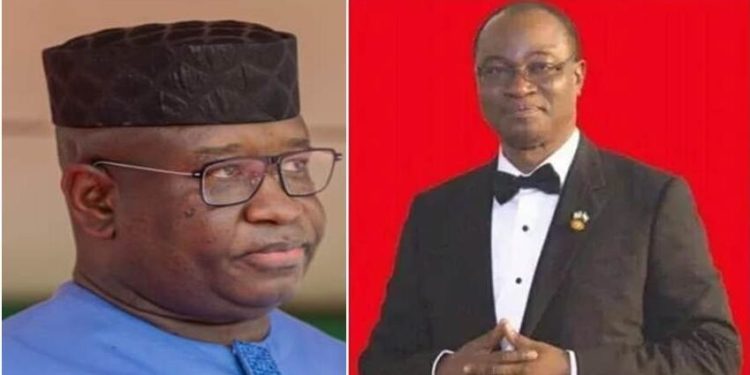By Sulaiman Aruna Sesay
Sierra Leone, a small West African country, has been in the limelight for the wrong reasons for a few decades now. The country, which was once a beacon of hope for Africa, has suffered countless civil wars, coups, and political instability, which has stagnated its progress considerably.
The two major political parties in Sierra Leone – the Sierra Leone People’s Party (SLPP) and the All People’s Congress (APC) – have been at the center of this political tug-of-war game, each blaming the other for the country’s woes. The question many ask themselves is, who held Sierra Leone captive – the SLPP or APC?
To analyze this question, it’s essential to dive into the history of both parties. The SLPP was founded in 1951, while the APC was founded in 1960, with the intention to lead Sierra Leone to independence from Britain. Since independence in 1961, both parties have taken turns leading the country, with power transferring from one party to the other after every election.
Over the years, the SLPP and APC have been involved in several scandals that have affected the country’s stability and development. For instance, in the 1970s, the APC under the leadership of Siaka Stevens, was accused of systemic corruption and mismanagement of the economy. The party implemented several policies that favoured its members, leading to social inequality and political unrest.
In response to the APC’s actions, the SLPP won the 1996 elections, and the late Ahmad Tejan Kabbah became president. The SLPP government promised to restore the rule of law and bring about economic development. However, the government faced challenges from rebels who were opposed to the government’s leadership, with the rebels seeking to control the diamond mines in the country. The government then sought assistance from outside forces, including the British military, to suppress the rebellion.
In 2007, the APC party won the elections, and Ernest Bai Koroma became president. The new government promised to fight corruption and bring about development. The government’s fight against corruption led to the arrest of several senior officials from previous governments. However, the APC government’s efforts were not enough, as they had to contend with the Ebola outbreak in 2014, which crippled the country’s healthcare system and caused many deaths.
The SLPP, on the other hand, took over power after winning the 2018 election. Since then, they have made several positive strides in governance, including reforms in the areas of healthcare and education. However, there is still much to be done to address issues of corruption and improve democratic institutions in the country.
It’s, therefore, evident that both parties have had a hand in holding Sierra Leone captive in one way or another. The SLPP and APC have engaged in petty politics, corruption, and mismanagement of the economy, which have hampered the country’s growth. The political rivalry between the two parties has also contributed to political instability that has caused unrest and social inequality.
Pinpointing which party has held Sierra Leone captive between the SLPP and APC is not straightforward, as both parties have had a hand in the country’s woes. Both parties need to put aside their differences and work together to build a better Sierra Leone that is free from corruption, political instability, and economic stagnation. The country needs leadership that is accountable and transparent, which prioritizes the interests of its citizens over personal gains. Only then can Sierra Leone begin to prosper and grow.













